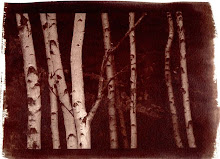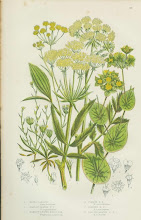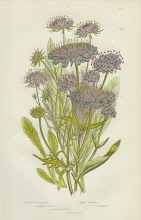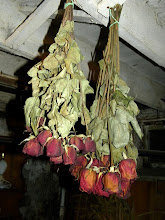
The solstice this year occurs at 12:47 PM EST on December 21.
The celebration of Yule has always revolved around fire and light, this being the longest night of the year. From this day on, the sun once again gains in strength with each passing day. On the night of the solstice, villagers would celebrate the rebirth of the Oak King and the coming light with enormous bonfires built in their fields and they wassailed the crops and trees of those fields with spiced cider and other drinks. Wassailing comes from Middle English by way of old Norse and traditionally meant to toast one's health or luck with drink but the word wassail has since most frequently been used to refer to the actual drink of mulled cider, wine or beer that has had sugar, cinnamon, apples and other fruits added to it and served as a Christmas punch. The term wassailing can also be used to refer to revelry in general, which is fitting for the celebration of this sabbat.
Children would be escorted from house to house with apples and oranges spiked with fresh cloves and these would be placed in baskets lined with evergreen boughs and wheat stalks dusted with flour. The oranges and apples were symbolic of the sun, the evergreens eternal life, the wheat represented the abundance of the harvest and the flour the triumph of light and life. Holly, mistletoe and ivy were used to decorate inside the house as an invitation to the Nature Sprites, in the hopes that they would join in the night's celebrations. A sprig of holly was frequently kept by the front door year round to ensure good fortune for those who dwelled within.
The highlight of the night's celebration was the lighting of the Yule log, which must either have been harvested from the owner's land or given as a gift. Traditionally, a Yule log must never be bought. It was then placed within the fireplace, decorated with evergreen boughs, sprinkled with cider or beer, dusted with flour and then set ablaze where it would be left to burn throughout the night and then worked so as to remain smoldering for twelve days before being put out. A small piece from the fire was kept and used the following year to start the next year's Yule fire. Various woods are believed to be the traditional one for a Yule log fire, from ash to oak to willow, but my personal preference is for birch.
However you choose to celebrate this sabbat, do it with great joy and energy! Feel the delight in your heart as you welcome back the sun as it warms our planet and brings new life in the wonderful new year to come. Peace!
Photo courtesy of mukumbura on flickr.













No comments:
Post a Comment